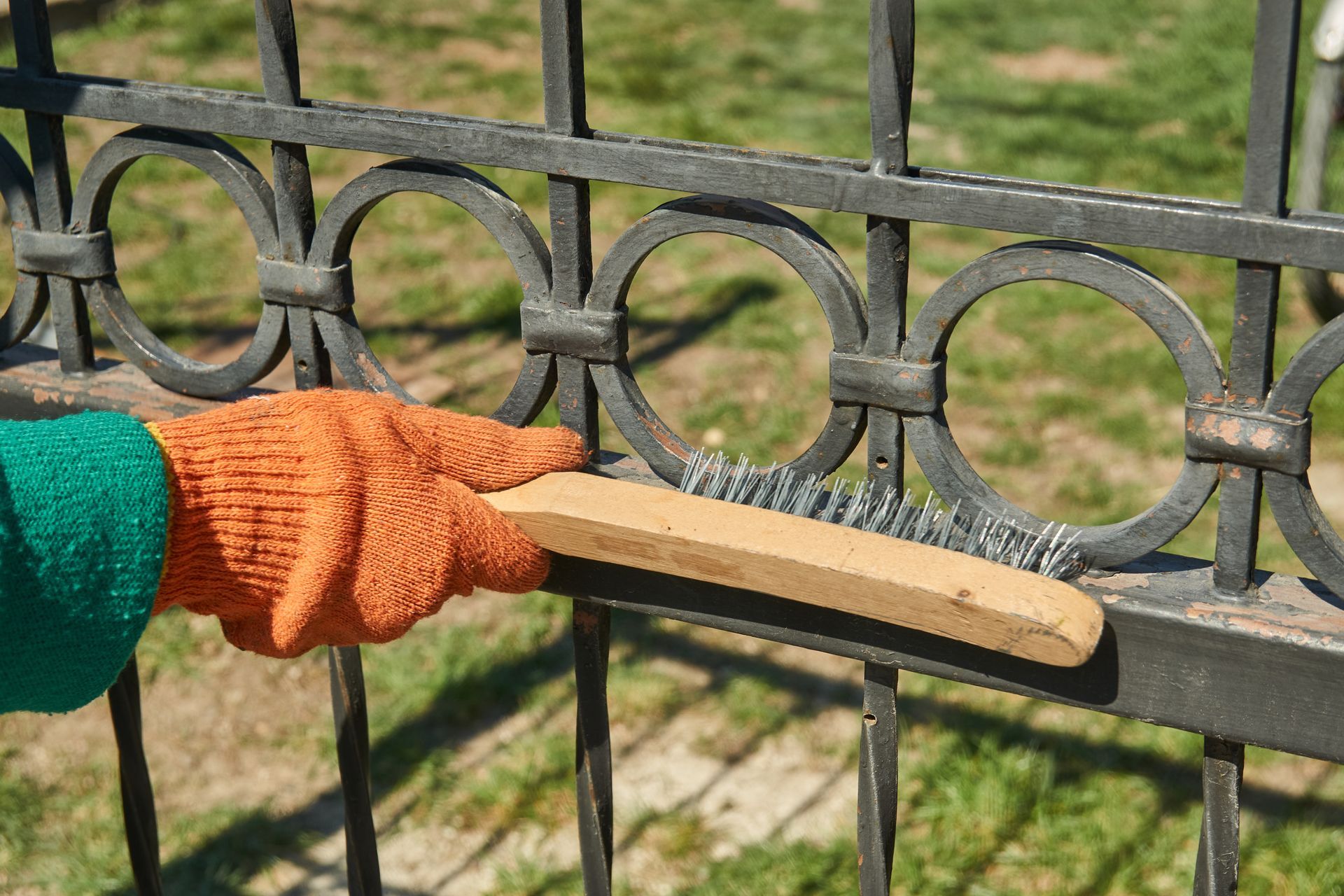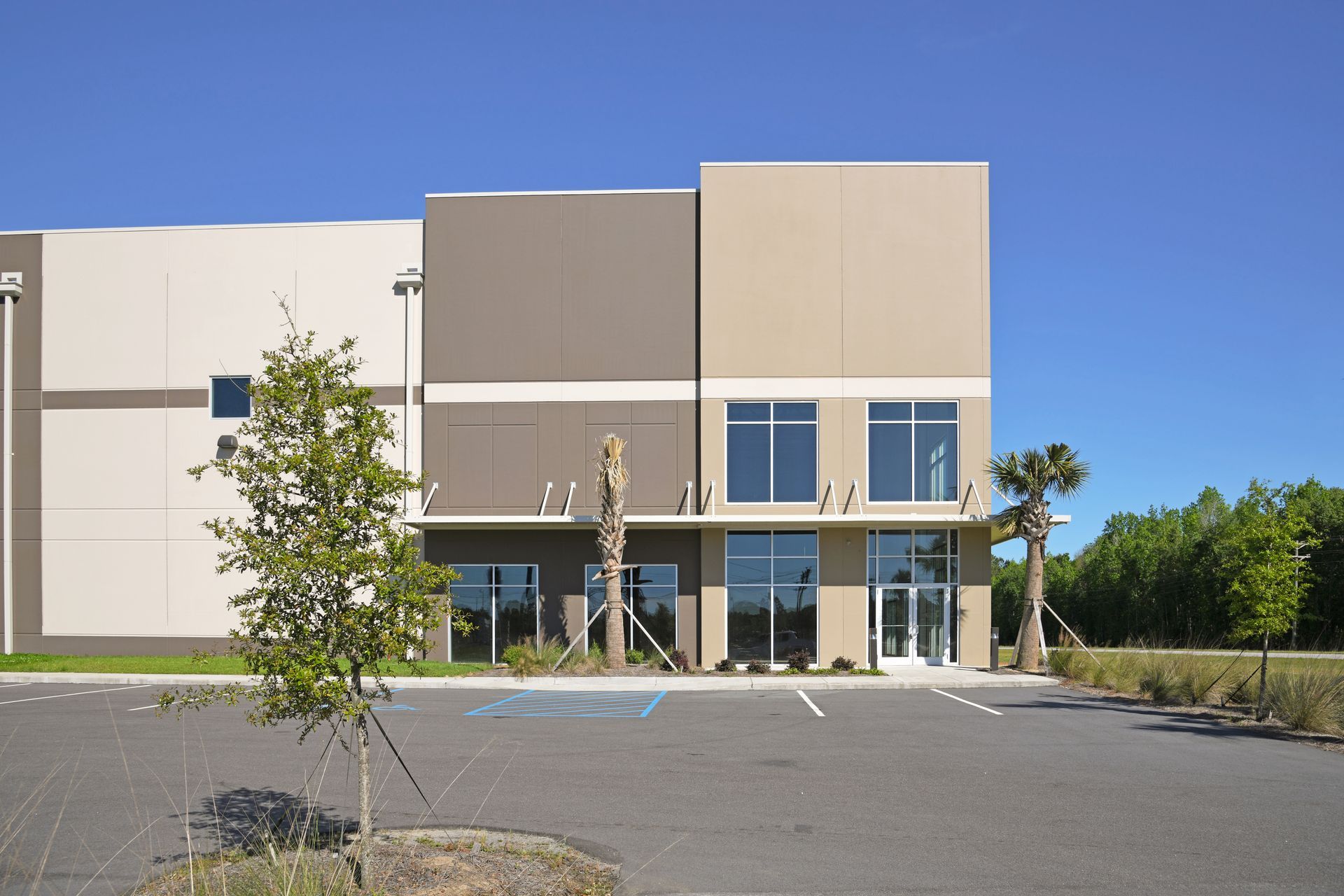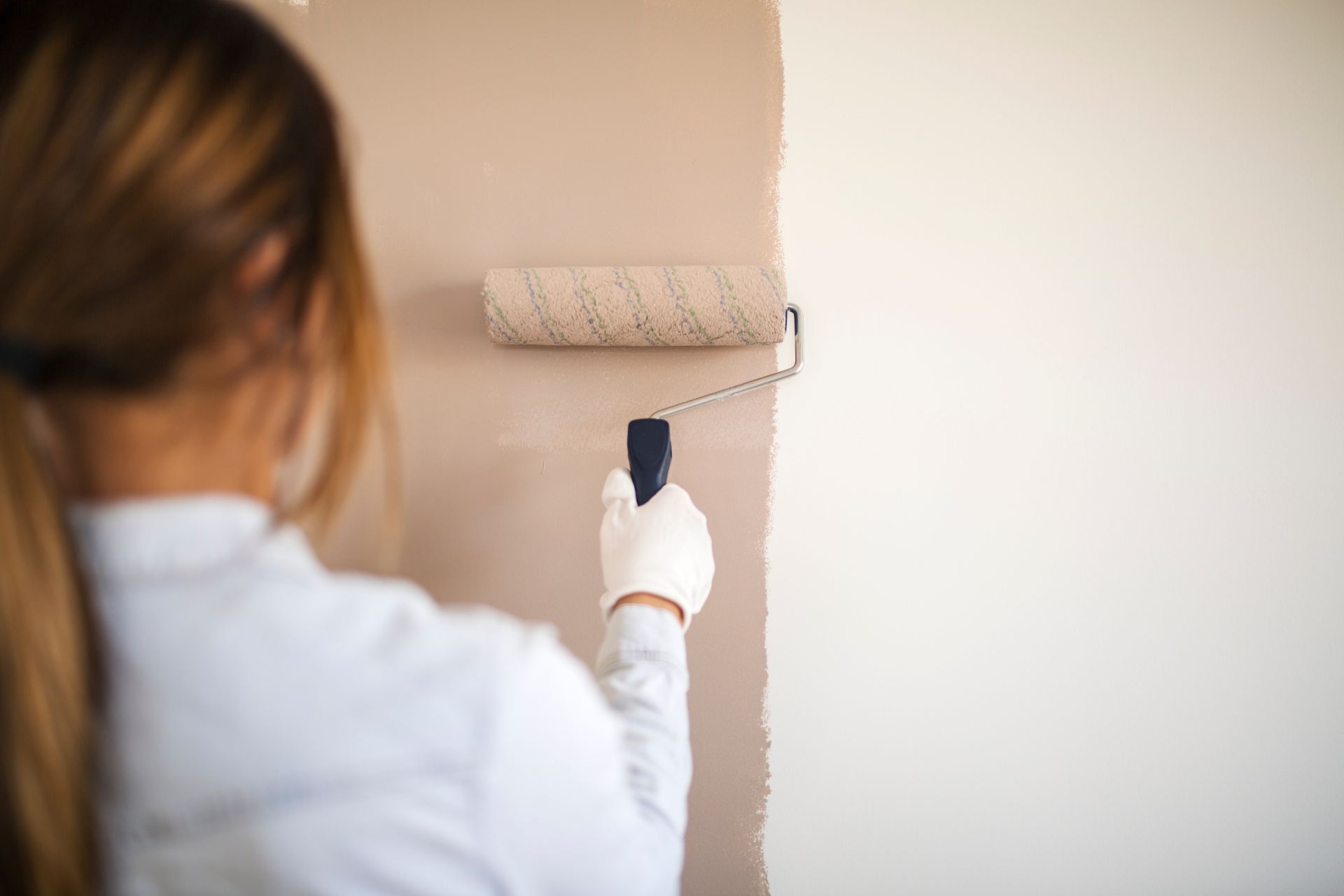Rust, a common issue in metal surfaces, can compromise the aesthetics and durability of your structures. However, with the right approach, it is certainly manageable. Here is a quick guide on professional painting strategies to restore and protect rust-affected surfaces, ensuring a long-lasting finish.
Understanding Rust
Rust is the result of a chemical reaction between iron, oxygen, and moisture. This reaction causes iron oxide (rust) to form, which weakens the metal surface and leads to corrosion. Rust is especially common in outdoor structures such as fences, gates, and railings that are constantly exposed to moisture and oxygen.
Why Is It Problematic for Painting?
- Adhesion Issues: Rust creates a rough, uneven surface which can hinder the paint's ability to adhere properly. This can lead to peeling and flaking of the paint over time.
- Continued Corrosion: If rust isn’t properly treated before painting, it will continue to spread beneath the paint, leading to further damage and potential structural issues.
- Aesthetic Compromise: Besides the physical harm, rust can bleed through the paint, causing unsightly stains and compromising the overall finish.
With Rust, Preparation is Key
Before starting any painting project on a rust-affected surface,you must properly prepare the area. This involves removing all traces of rust using sandpaper or a wire brush. In some cases, a rust converter can also be used to neutralize the rust and prevent further corrosion. Once all the rust has been removed, clean the surface with a degreaser and rinse thoroughly.

Priming for Success
Priming is crucial when painting over rust-affected surfaces as it helps create a barrier between the metal and the paint. It also improves adhesion and prevents future rust formation. Make sure to choose a high-quality rust-inhibiting primer specifically designed for metal surfaces.
Choosing the Right Paint
When choosing paint for rust-affected surfaces, opt for a high-quality, rust-resistant paint with anti-corrosive properties. Look for paints that are specially formulated for metal surfaces and have a high level of adhesion and durability. It is also important to consider the type of finish you want, whether it's glossy, semi-gloss, or matte.
A commonly recommended paint is a high-quality, rust-inhibiting oil-based paint or enamel for the best protection and longevity. Brands like Rust-Oleum and Hammerite offer a variety of rust-resistant paints in different finishes that are specifically designed for metal surfaces. If you're not sure about what paint to use for your project, be sure to contact a local paint store or search for a painter near you to schedule a consultation.
Proper Application Techniques
To ensure a smooth and long-lasting finish on rust-affected surfaces, proper application techniques are crucial. Make sure to apply thin coats of paint and allow sufficient drying time between each coat. For best results, it is recommended to use a paintbrush or roller rather than spray painting on rust-affected surfaces.
Maintenance Tips
Regular maintenance is key to preserving the life and look of your painted metal surfaces. Here are some tips to consider:
- Regular Inspection: Make it a habit to inspect your painted surfaces for signs of rust or paint degradation regularly. Early detection can help prevent further damage.
- Immediate Response: If rust spots start to surface, address them immediately. Using a small wire brush or sandpaper, remove the rust and touch up the area with rust-resistant paint.
- Cleanliness: Keep your painted surfaces clean. Dust and dirt can scratch the paint and expose the metal underneath to moisture which leads to rusting. Use a soft cloth and gentle cleaning solutions to avoid damaging the paint.
- Avoid Moisture Build-up: As much as possible, keep your painted metal surfaces dry. Prolonged exposure to moisture is a major cause of rusting.
- Use Protective Covers: If the painted objects are not in use, like patio furniture during off-season months, consider using protective covers to shield them from the elements.
Rust can be a headache for any homeowner or property manager, but with proper preparation, priming, and painting techniques, it is certainly manageable. Remember to choose high-quality materials and regularly maintain your painted surfaces to ensure long-lasting protection against rust. By following these professional painting strategies, you can say goodbye to rust and hello to a beautiful, durable finish on your metal surfaces.
Recent Blogs





